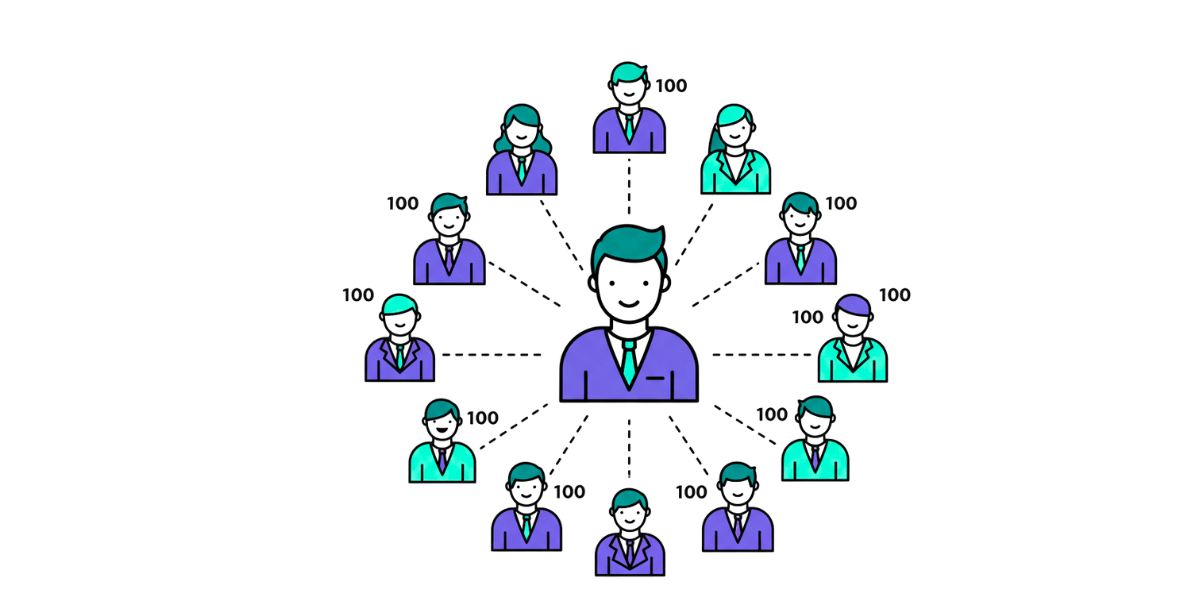The food industry has undergone massive changes in recent years thanks to new technologies. From farm to fork, technology is revolutionizing how we produce, process, package, distribute, purchase, and consume food.
In this article, we will explore the biggest tech trends transforming the food industry and how they are impacting various stakeholders.
What Are The Biggest Technological Trends In The Food Industry?
The food industry is undergoing a technological revolution, with several notable trends shaping its landscape. One of the prominent trends is the integration of artificial intelligence and data analytics.
These tools enable businesses to optimize their operations, from predicting consumer preferences to streamlining supply chains. Additionally, the rise of online food delivery services, driven by mobile apps and web platforms, has reshaped how consumers access and enjoy meals.
Furthermore, sustainable and eco-friendly practices are gaining momentum, with innovations in food production, packaging, and waste reduction.
As for subwaycoupon, the use of digital coupons and promotions is becoming increasingly prevalent, offering consumers cost-effective ways to enjoy their favorite meals.
How Is Technology Changing The Way We Produce Food?
Technology is revolutionizing food production in numerous ways. Automated machinery, guided by GPS tracking, optimizes crop yields for ingredients used in our favorite dishes.
Greenhouses and vertical farming create controlled environments, ensuring year-round production of fresh produce for our meals. Genetic engineering and gene editing techniques lead to more resilient and productive plants and animals, contributing to the ingredients we enjoy daily.
Sensors and data analytics provide farmers with invaluable insights for precise decision-making when growing food components. As technology continues to integrate further into agriculture, it promises innovative and sustainable solutions for producing the food we love.
How Is Technology Changing The Way We Consume Food?
Emerging technologies have revolutionized the way we interact with the food industry, offering unprecedented convenience, speed, and simplicity. Online grocery ordering and meal delivery services make it effortless to access ingredients and prepared meals, while smartphone apps streamline takeout and pre-made meal orders for swift pickup or delivery.
Meal kit services further enhance our culinary experience by delivering recipes and precisely portioned fresh ingredients directly to our doorstep. In the kitchen, advanced appliances such as multi cookers, air fryers, and smart ovens expedite meal preparation.
Dining out, apps empower us to effortlessly browse menus, place orders and settle bills. QR code menus have gained popularity post-pandemic, simplifying the ordering process. Additionally, grocery stores feature self-checkout kiosks and cashier-less payment options via apps, ensuring quick and efficient shopping.
Don’t forget, you can enjoy even greater savings and convenience with Subway’s 15% off deals in this tech-driven food landscape.
What Are The Benefits Of Technology In The Food Industry?
Here are some major benefits of adopting technology in the food sector:
- Increases food production efficiency and reduces waste through better monitoring, automation, and supply chain visibility. Helps meet rising food demands.
- Improves food safety and traceability. Incidences of food-borne illnesses can be traced back to origin faster.
- Provides rich data and insights to improve decision-making across production, processing, storage, and distribution.
- Enables sustainable farming through precision agriculture, vertical farming, hydroponics, etc. with minimal environmental impact.
- Creates new business opportunities, revenue streams, and pricing models like farm-to-table, meal kits, online groceries, subscriptions, etc.
- Makes essential farm inputs like high-quality seeds, fertilizers, and pesticides more accessible to farmers through online channels.
- Allows small farms and food businesses to access a wider customer base through online platforms and delivery models.
- Provides consumers with more options, information, and convenience regarding food shopping, recipes, reviews, and delivery.
What Are The Challenges Of Technology In The Food Industry?
Despite the benefits, food tech also comes with some concerns and challenges:
- Potential job losses due to increasing automation across production and processing. Policymakers need to address this issue.
- Transitioning to new tech is expensive for food businesses, especially small farmers or restaurants. Requires major upfront investment.
- Lack of technical skills and knowledge about the optimal use of innovations Like precision agriculture, blockchain, etc.
- Concerns about data privacy and security as more supply chain data goes online. Needs robust cybersecurity.
- Regulatory hurdles in approving things like gene-edited crops, meat alternatives, food ingredients, etc. Approval is slow.
- Distribution snarls during disasters given the increased reliance on shipment tracking apps and just-in-time inventory enabled by tech.
- Nutritional and tasty foods are being replaced by functional but poor-tasting products at cheaper prices.
- Social media trends are sometimes fad-based rather than nutrition-based. Can confuse consumers.
How Can We Ensure That Technology Is Used Responsibly In The Food Industry?
Responsible use of technology in food is achieved through rigorous adherence to ethical guidelines, sustainable practices, regulatory compliance, and continuous monitoring of the environmental and societal impact to ensure safe, equitable, and sustainable innovation.
- Inclusive innovation that considers impact across health, environment, ethics, policy, etc. beyond efficiency alone.
- Transparent communication regarding benefits as well as risks like allergens, nutritional changes, etc. Builds consumer trust.
- Participation and feedback of diverse stakeholders, not just companies and investors, while developing food tech.
- Research studies on long-term safety before commercializing food tech along with post-launch monitoring.
- Regulation and labeling for transparency, especially for complex new foods and biotechnologies.
- Limits on unnecessary data collection and sharing from consumers. Provide data privacy choices.
- Training programs for workers displaced by food tech so they can operate innovations or transfer skills.
- The gradual rollout of disruptive tech gives people time to adapt and consider possible downsides.
- Contingency plans to quickly tackle failures like tracing systems going down, sensor malfunctions, etc.
Conclusion
technology’s impact on the food industry remains profound, touching every aspect from farm to last-mile delivery and consumption. It’s essential to maintain a commitment to ethics, inclusion, transparency, and responsible innovation as fundamental guiding principles in this ever-evolving landscape.
By striking a balanced approach that embraces these principles, food technology has the potential to not only drive abundance and efficiency but also ensure that it nourishes and benefits everyone, creating a more sustainable and equitable future for all.














